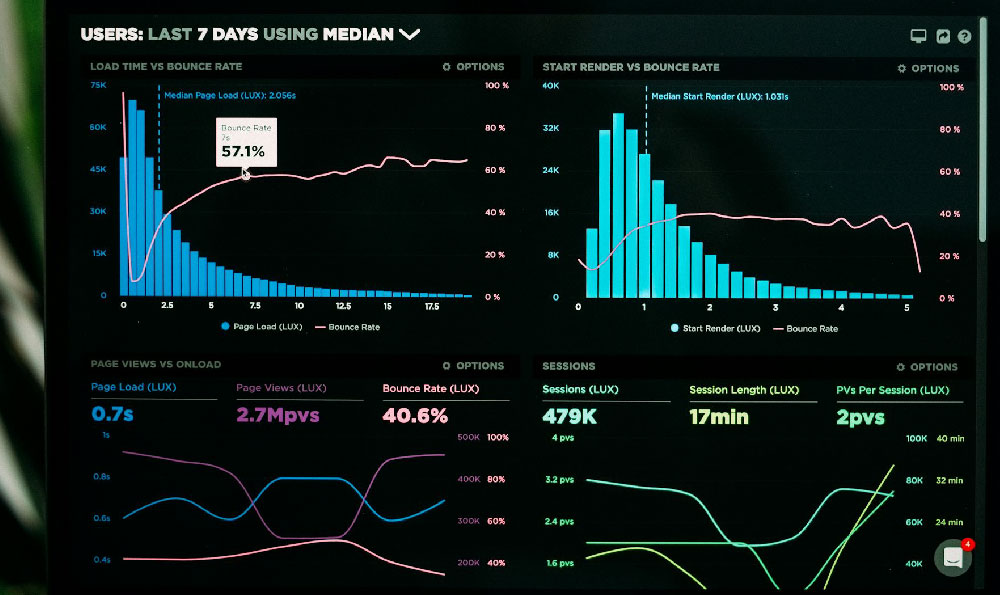Alright, let's delve into the fascinating, often misunderstood, and sometimes frustrating world of YouTube monetization and explore the real potential of earning money per view. The answer, as with most things related to online revenue generation, is nuanced and depends on a multitude of factors. Simply put, there isn't a fixed dollar amount you receive for every single view on your YouTube videos. Instead, earnings are primarily derived from the advertisements that run before, during, or after your content.
The metric that directly correlates to your revenue is called CPM (Cost Per Mille), which represents the cost advertisers pay for one thousand ad impressions. A related term is RPM (Revenue Per Mille), which is the revenue you, the creator, receive for every one thousand views after YouTube takes its cut (typically 45%). Think of CPM as the gross amount an advertiser spends and RPM as the net amount you, the content creator, actually pockets.
So, how do these numbers translate into real-world earnings? Well, CPMs and RPMs fluctuate significantly based on a variety of influencing elements:

1. Niche and Content Category: Certain niches are inherently more attractive to advertisers than others. For example, videos about finance, technology, or luxury goods tend to command higher CPMs because advertisers are willing to pay more to reach an audience interested in these topics. Conversely, content targeted towards children or videos with broad appeal may have lower CPMs because the advertising demographic is less defined, or because of regulations concerning children's online privacy.
2. Viewer Demographics: The geographical location of your viewers plays a crucial role. Views from countries like the United States, Canada, the United Kingdom, and Australia are generally worth more than views from developing countries. This is due to factors such as higher advertising rates and greater purchasing power in these regions. The age, gender, and interests of your audience, gleaned from YouTube’s analytics, also heavily influence the types of ads shown and, consequently, the CPM.
3. Ad Formats and Placement: YouTube offers various ad formats, including skippable video ads, non-skippable video ads, display ads, overlay ads, and sponsored cards. Non-skippable ads typically generate higher revenue because viewers are required to watch them in their entirety. The placement of ads within your video (pre-roll, mid-roll, post-roll) also affects earnings. Videos longer than 8 minutes are eligible for mid-roll ads, offering creators more opportunities to generate revenue.
4. Seasonality and Advertising Trends: Advertising rates tend to peak during certain times of the year, such as the holiday season (November-December) when businesses are aggressively marketing their products and services. Conversely, advertising spending may decrease during other periods, resulting in lower CPMs and RPMs. Broader economic trends and market conditions can also impact advertising budgets and, consequently, YouTube earnings.
5. YouTube’s Algorithm and Monetization Policies: YouTube's algorithm is constantly evolving, impacting how videos are discovered and recommended to viewers. Changes in the algorithm can affect your video’s reach and, therefore, your potential earnings. Furthermore, strict adherence to YouTube's monetization policies is paramount. Violating these policies, such as using copyrighted material or engaging in deceptive practices, can lead to demonetization and loss of revenue.
6. Audience Engagement and Retention: A high level of audience engagement, as measured by metrics such as watch time, likes, comments, and shares, signals to YouTube that your content is valuable and engaging. This can lead to increased visibility and potentially higher CPMs. Conversely, low watch time or a high bounce rate may negatively impact your video's performance and monetization potential.
7. Ad Blockers: The use of ad blockers by viewers directly reduces the number of ad impressions on your videos, thereby impacting your revenue. While there's no foolproof way to prevent viewers from using ad blockers, creating compelling and engaging content can encourage them to support your channel through other means, such as channel memberships or merchandise sales.
Now, let’s talk about making real money. While the exact amount varies, a reasonable estimate for RPM across many channels falls within the range of $1 to $5 per 1,000 views. This means that a video with 1 million views could potentially generate anywhere from $1,000 to $5,000. However, it's crucial to remember that these are just estimates, and your actual earnings may be higher or lower depending on the factors mentioned above.
Can you make a living solely from YouTube ad revenue? It's possible, but it's not easy and requires consistent effort, high-quality content, a dedicated audience, and a solid understanding of YouTube's monetization policies. Many successful YouTubers diversify their income streams beyond ad revenue by offering channel memberships, selling merchandise, securing sponsorships, and leveraging affiliate marketing.
To maximize your earnings on YouTube, focus on creating high-quality, engaging content that appeals to a specific audience. Optimize your videos for search by using relevant keywords in your titles, descriptions, and tags. Promote your videos on other social media platforms and engage with your audience to build a strong community. Stay informed about YouTube's policies and best practices, and be prepared to adapt to changes in the platform's algorithm and monetization landscape.
Finally, be patient and persistent. Building a successful YouTube channel takes time and effort. Don't get discouraged if you don't see results immediately. Keep creating great content, engage with your audience, and learn from your mistakes. With dedication and a strategic approach, you can increase your chances of earning a sustainable income from your YouTube channel. Remember that viewing YouTube as a business, rather than just a hobby, is key to long-term financial success on the platform. Invest time in learning about SEO, audience analytics, and content strategy, and you'll be well on your way to turning views into real money.












